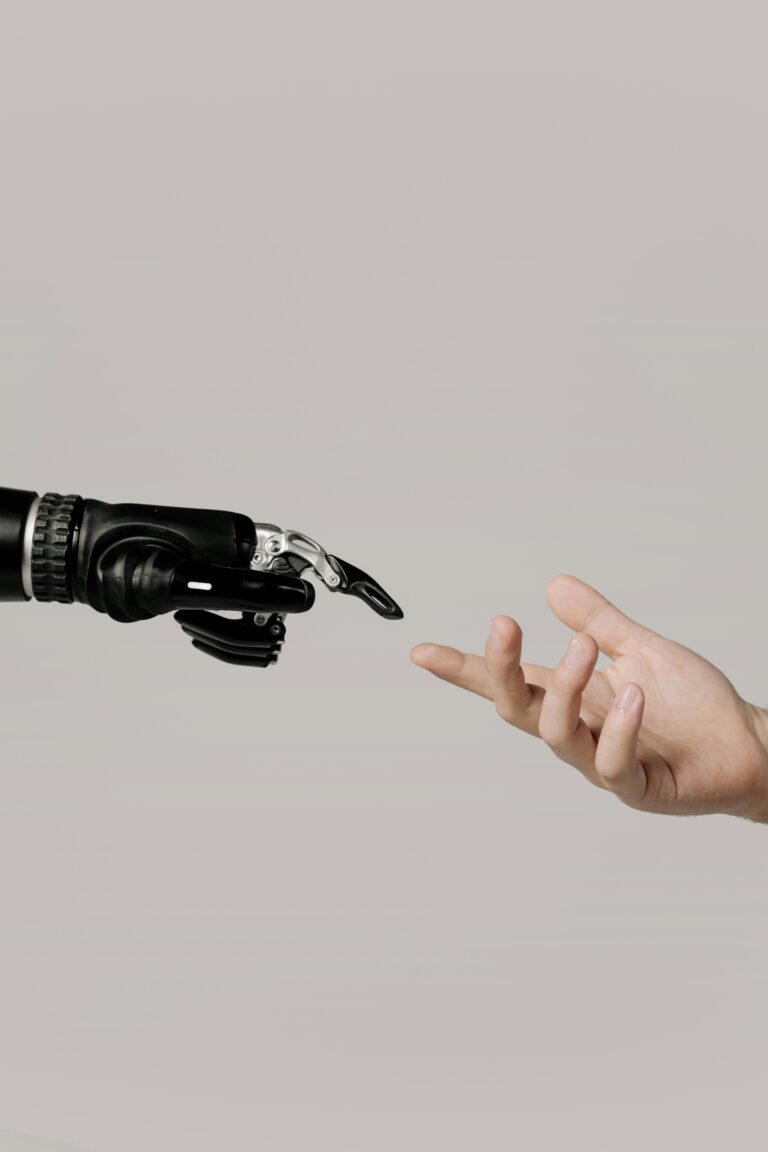In recent years, the integration of robotics into security and defense sectors has made significant strides. One of the most exciting and promising developments is the use of robotic dogs for bomb detection and disposal. These mechanical canines, equipped with advanced sensors and AI capabilities, are revolutionizing how dangerous explosives are identified and neutralized, ensuring greater safety for both civilians and security personnel.
The Rise of Robotic Dogs in Security
Originally developed for military and surveillance purposes, robotic dogs have evolved rapidly. Built to mimic the mobility and adaptability of real dogs, they can traverse rough terrains, climb stairs, and maintain balance in challenging environments. Unlike traditional bomb disposal robots, robotic dogs offer a combination of agility and intelligence, making them ideal for urban and battlefield conditions.
Technological Features
Modern robotic dogs are equipped with:
-
AI-Powered Object Recognition: Using computer vision, these robots can scan an area and identify suspicious objects or hidden explosives.
-
Chemical and Radiation Sensors: They can detect trace amounts of explosive materials and hazardous substances from a safe distance.
-
Autonomous Navigation: GPS and LIDAR systems enable them to move through buildings and complex environments without human control.
-
Communication Systems: Secure wireless links allow remote operators to receive real-time video and sensor data, and to control the robot if necessary.
Some models are even equipped with robotic arms to manipulate or disarm explosive devices directly, reducing the need for human bomb squad intervention.
Recent Tests and Deployments
Security forces and research institutions around the world have begun testing robotic dogs in simulated and real-world scenarios. In a recent field test, a robotic dog successfully identified and approached a mock explosive device placed in a cluttered indoor environment. It analyzed the object, confirmed it as a potential threat, and relayed live video to the remote operator, who then used the robot to neutralize the device safely.
Such trials demonstrate that robotic dogs are not just theoretical tools—they’re operational assets ready for deployment.
Advantages Over Traditional Methods
-
Reduced Risk to Human Life: By sending in robots instead of people, bomb squads can work from a safe distance.
-
Faster Response Times: Robotic dogs can be deployed quickly and navigate tight or dangerous spaces more efficiently than humans or wheeled robots.
-
Multi-Functional Use: Apart from bomb detection, these robots can assist in search-and-rescue missions, hazardous material identification, and surveillance.
Challenges and Future Potential
Despite their advantages, robotic dogs are still under development. Challenges such as high cost, limited battery life, and vulnerability to hacking need to be addressed. However, ongoing investments and technological improvements are rapidly overcoming these hurdles.
Looking ahead, the integration of machine learning and swarm robotics could allow multiple robotic dogs to work together in large-scale operations, making them even more effective in saving lives and maintaining public safety.
Robotic dogs represent a major leap forward in bomb detection and disposal technology. As these machines become more capable and affordable, they are poised to become indispensable tools in both military and civilian security operations. By taking humans out of harm’s way and responding with speed and precision, robotic dogs are not just machines—they’re heroes in the making.


